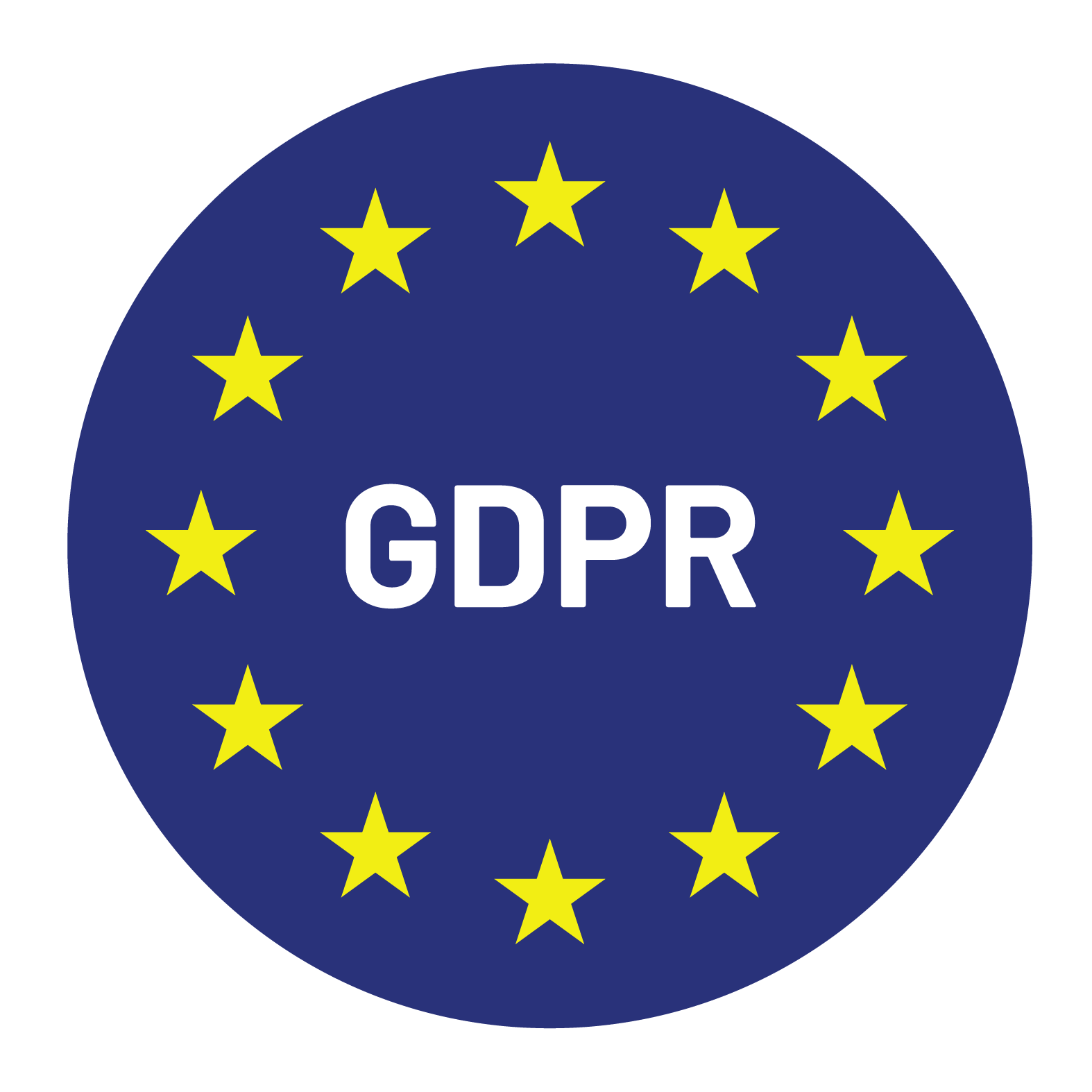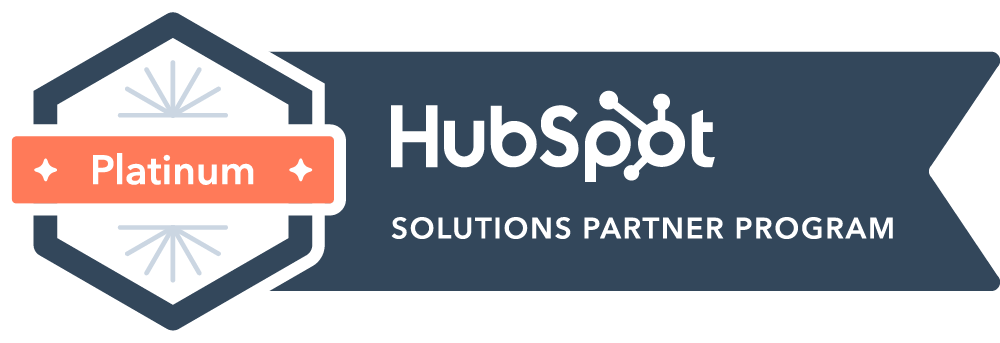


Content Writer for Whistle with multidisciplinary experience spanning over a decade.
In a product-led growth (PLG) strategy, a Sales Development Representative (SDR) plays a crucial role in driving customer acquisition and revenue growth. Through various functions, an SDR acts as a bridge between the product team and the sales team, ensuring that potential customers are matched with the right product that meets their needs. This article will explore the seven key functions of an SDR in a PLG strategy and highlight their importance in driving success and growth for a product-led company.
A Sales Development Representative (SDR) serves as the initial point of contact for potential customers, acting as a gateway to the product-led growth (PLG) strategy. They play a crucial role in establishing the first connection and building relationships with prospects.
When potential customers show interest in the product or demonstrate behaviors that indicate they could be a good fit, it is the SDR’s responsibility to engage with them and guide them through the sales process. By acting as a gateway, SDRs effectively communicate the value of the product and create excitement among prospects.
To ensure that the sales team focuses on leads with the greatest potential for conversion, SDRs use the ideal customer profile (ICP) defined by the company to identify and qualify prospects. This enables them to prioritize the most promising leads, improving efficiency and maximizing the chances of revenue growth.
With their expertise in understanding client needs and pain points, SDRs are equipped to provide valuable insights and recommendations to potential customers. By acting as a trusted advisor, they guide prospects through the sales process, addressing their concerns and assisting them in making informed decisions.
An SDR plays a vital role in ensuring that the product features align with the client’s needs. By analyzing the usage data of potential enterprise customers, they can identify patterns and trends that highlight which features are most valuable to different segments.
By leveraging this data and understanding the pain points of potential customers, an SDR can define relevant Product-Qualified Leads (PQLs). These are prospects who have demonstrated a strong fit for the product based on their usage patterns and behaviors.
An SDR should focus on keeping it simple and small, offering only what is necessary to meet the client’s requirements. This approach not only prevents overspending but also ensures that the clients have a positive experience with the product.
One of the key functions of an SDR within the product-led growth (PLG) strategy is to generate interest and demand for the product. By leveraging their expertise in sales and customer interactions, SDRs can attract potential customers and drive them towards conversion.
To accomplish this, SDRs rely on analyzing usage metrics and data. By closely monitoring how potential enterprise customers engage with the product, SDRs can gain valuable insights into their needs, pain points, and preferences. This analysis helps identify Product-Qualified Accounts (PQAs) that show a strong fit for the product based on usage patterns.
By understanding the specific requirements of these PQAs, SDRs can effectively create targeted sales outreach strategies. They can reach out to potential customers with personalized messaging that highlights the features and benefits of the product most relevant to their needs. This focused approach not only captures the attention of potential customers but also increases the likelihood of conversion.
Another essential function of an SDR within the product-led growth (PLG) strategy is to build a robust pipeline of quality leads. These leads, known as product-qualified leads (PQLs), are the warmest type of leads and are passed on to the sales team for further nurturing and eventual conversion.
To effectively build this pipeline, SDRs need to differentiate between buyer and user personas in product-led sales. While the buyer persona focuses on the decision-making process and budget allocation, the user persona dives into the day-to-day usage of the product and its specific features. By understanding the unique needs of both personas, SDRs can strategically engage PQLs and provide tailored solutions that align with their interests.
This is where the analysis of usage data becomes vital. Data allows SDRs to determine the specific features and areas of the product that PQLs are most interested in. By leveraging this data, SDRs can tailor their messaging and outreach to highlight the value proposition that resonates most with potential customers.
In a product-led growth (PLG) strategy, it’s inevitable that some leads may fall through the cracks and not receive immediate attention. However, an SDR plays a crucial role in recovering these leads by providing timely follow-ups and addressing any concerns or questions they may have.
By reaching out to these leads, an SDR can show them that their interest has been recognized and that their needs are important. This proactive approach not only helps re-engage potential customers but also demonstrates the commitment of the product-led company to provide exceptional customer service.
Persistence is key in recovering leads that have not been attended to. An SDR must be diligent in their follow-ups and not give up easily. They should understand that potential customers may have been busy or preoccupied when initially reaching out, and by being persistent, the SDR increases the chances of reconnecting with them.
Moreover, proactive communication is crucial in recovering these leads. An SDR should not simply wait for the leads to take action; instead, they should take the initiative to reach out and offer assistance. By addressing any concerns or questions promptly, the SDR can build trust and credibility with the potential customers who may have initially felt overlooked.
In a product-led growth (PLG) strategy, providing support throughout the customer lifecycle is crucial for maximizing customer satisfaction and retention. Support teams play a vital role in assisting customers at each stage, from onboarding to adoption and finally retention.
During the onboarding phase, support teams help customers get up and running with the product. They guide them through the initial setup process, offer training resources, and address any questions or concerns. By providing a smooth onboarding experience, support teams ensure that customers can quickly understand and start using the product effectively.
In the adoption phase, support teams continue to assist customers in leveraging the product’s full potential. They offer ongoing support, answer queries, and provide guidance on advanced features and functionalities. This helps customers fully integrate the product into their workflows and achieve their desired outcomes.
Support teams also play a crucial role in customer retention. By proactively engaging with customers, they can identify any issues or challenges they may be facing. Data analysis plays a significant role in this regard. By analyzing customer feedback, usage patterns, and support interactions, teams can identify areas where customers may need additional assistance or improvement. This data-driven approach allows support teams to proactively address customer concerns, resolve issues, and improve overall customer experience.
In a product-led growth (PLG) strategy, one of the key functions of a Sales Development Representative (SDR) is to expand and upsell happy customers. By driving expansion revenue and minimizing churn, SDRs play a crucial role in maximizing revenue growth for a product-led company.
SDRs can employ various strategies and tactics to identify upsell and cross-sell opportunities within the existing customer base. One approach is to proactively analyze customer usage and behavior data to identify potential areas where customers may benefit from additional features or upgrades. By leveraging product analytics and usage metrics, SDRs can target customers who have shown a high level of engagement and identify opportunities for upselling.
Nurturing customer relationships is another important aspect of driving revenue growth. SDRs can regularly engage with customers to understand their evolving needs and offer personalized recommendations to enhance their experience. This can be done through regular check-ins, personalized emails, or educational content that highlights the value of additional product features.
Additionally, SDRs can leverage customer success teams to identify opportunities for expansion. By collaborating closely with customer success managers, SDRs can stay informed about customer milestones, upcoming renewals, and expansion opportunities.
These actions are integral to the success of a PLG campaign. Looking to ramp up your PLG results? Take the first step and book a meeting with one of our account executives today!


© Copyright – Whistle 2023

An expert panel on best practices for selling software.